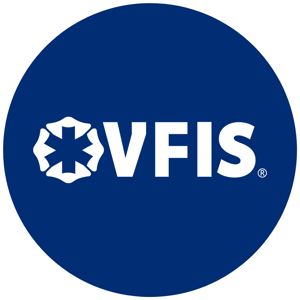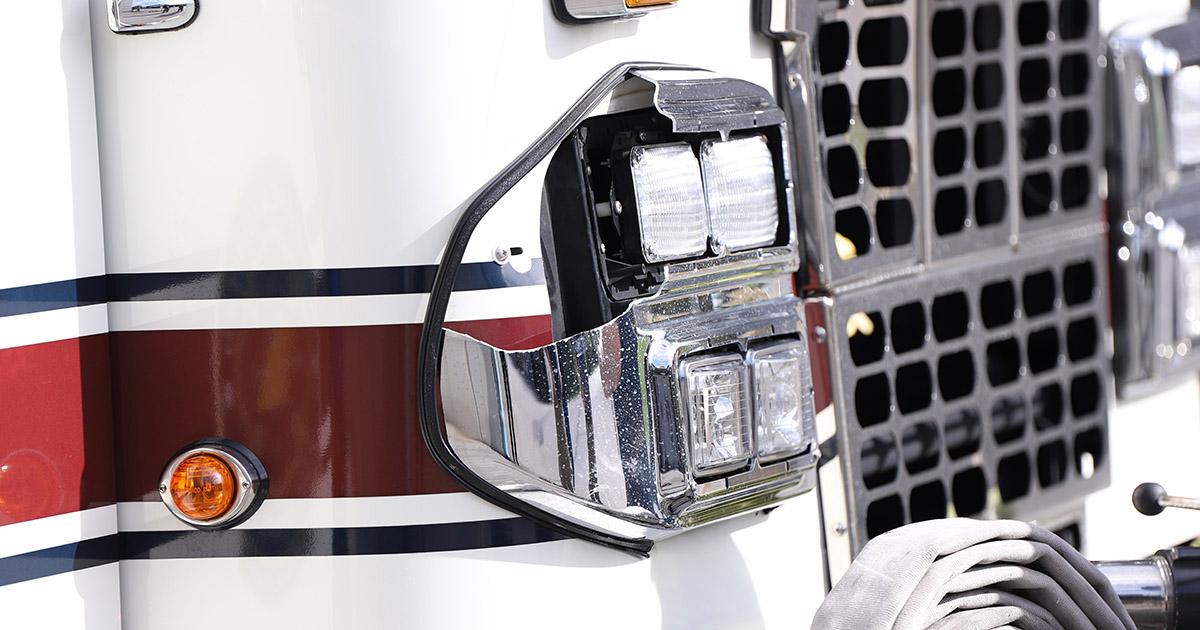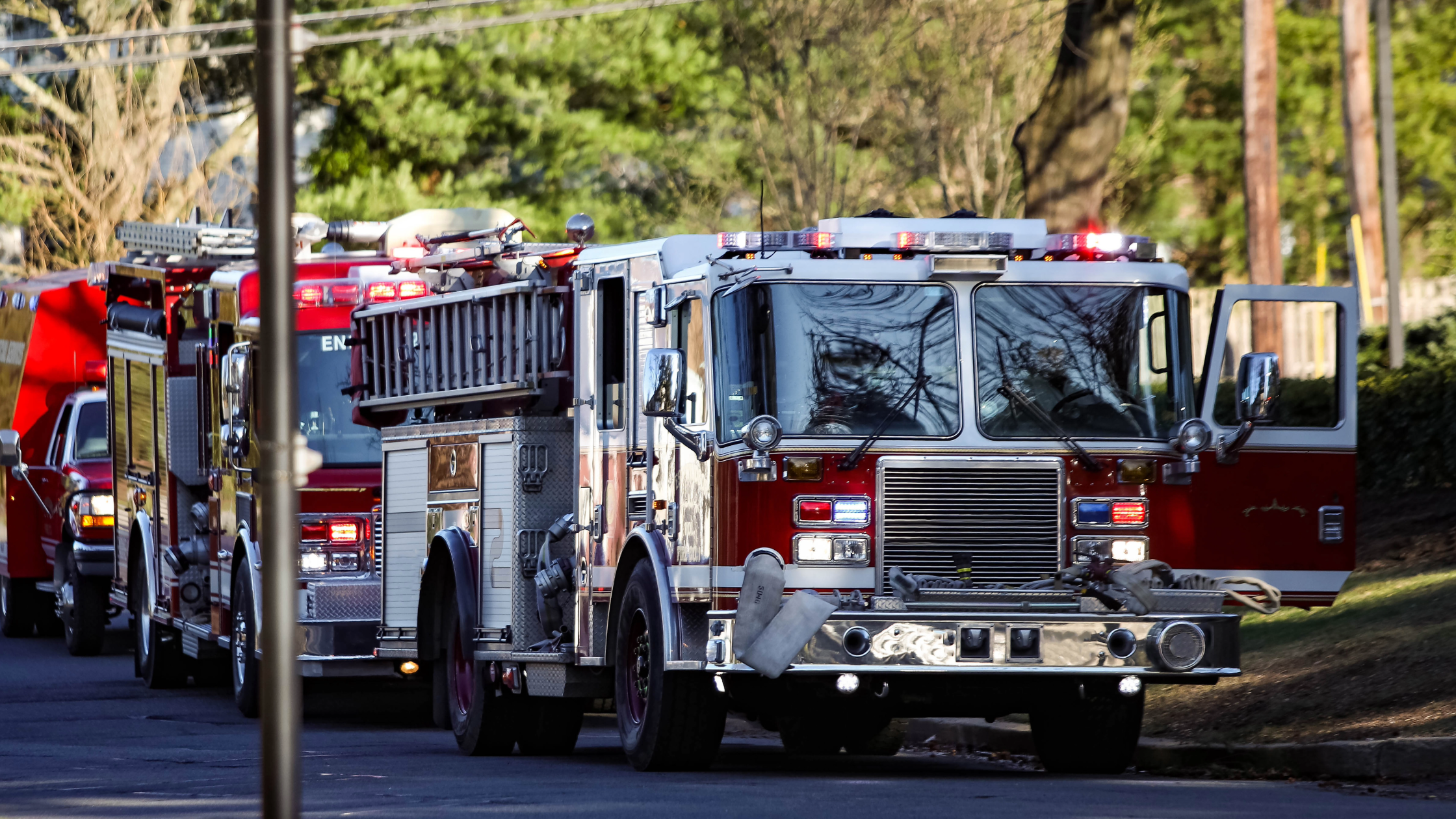According to VFIS and Glatfelter claims data, fixed object strikes are among the most common type of emergency vehicle incidents!
From natural disasters to crisis situations, your EMS personnel face serious and big risks during operations. However, sometimes it's the smaller, more-frequent and less-villainized hazards that lead to incidents with big costs—like your ambulance striking a parked vehicle, tree, pole or equipment laying on the ground.
While these fixed object strikes typically occur at a low speed and result in minimal damage, the significance of the events and the importance of investigating them cannot be overemphasized. For example, what went wrong? How likely is this to happen again? Are there bigger issues at play?
4 Resources to help you prevent fixed object strikes and learn from incidents like these:
- Hear about the latest incident investigation best practices, fixed object strike prevention techniques and other risk management topics on the Don't Risk It! podcast.
- Learn about how drivers and spotters can help prevent fixed object strikes with these tips.
- Browse the wide variety of resources on ResponderHelp.com, which can help your agency develop a culture of safety, including an Incident & Near Miss Investigation Guide and sample SOG for After Action Reviews (AAR).
- If you're a Glatfelter or VFIS client, browse the online courses on VFIS University including Fixed Object Strike Prevention, Safe Backing Practices and Incident Investigation to help instill safe habits and prevent future incidents.
If your investigation leads you to suspect that a bigger issue is indeed at play, like a lack of ongoing training, it's crucial to act. Vehicles are not only one of your most important assets, but also one of your largest potential liabilities. In fact, the National Safety Council reports that 198 people died in crashes involving emergency vehicles in 2021 alone. Given the risk to your members, organization and community, selecting, training and maintaining safe drivers shouldn't be left to chance.

BONUS RESOURCES
3 Tools to help guide your driver safety program:
- Emergency vehicle response guidelines: This document outlines 13 guidelines and procedures to consider implementing, supplementing or enhancing to help increase safety in your operations.>>>
- Driver selection tips: Here are a few best practices to help you select your vehicle operators, like how to use MVRs to learn about your drivers' habits both on and off duty.>>>
- Driver training: initial + ongoing needs: This podcast episode discusses the importance of emergency vehicle driver training, best practices for initial training and suggestions to continually train your crew.>>>
Holistic protections for first responders
We believe that insurance is more than a piece of paper. It’s a promise to be there in the moments that matter, advocate for those who make our communities stronger and support all emergency responders while they do incredible things. If you're interested in how partnering with VFIS or Glatfelter Commercial Ambulance could make a difference for your EMS agency—please have your local insurance agent reach out!
DISCLAIMER
The information contained in this blog post is intended for educational purposes only and is not intended to replace expert advice in connection with the topics presented. Glatfelter specifically disclaims any liability for any act or omission by any person or entity in connection with the preparation, use or implementation of plans, principles, concepts or information contained in this publication.
Glatfelter does not make any representation or warranty, expressed or implied, with respect to the results obtained by the use, adherence or implementation of the material contained in this publication. The implementation of the plans, principles, concepts or materials contained in this publication is not a guarantee that you will achieve a certain desired result. It is strongly recommended that you consult with a professional advisor, architect or other expert prior to the implementation of plans, principles, concepts or materials contained in this publication.
This blog post may contain the content of third parties and links to third party websites. Third party content and websites are owned and operated by an independent party over which Glatfelter has no control. Glatfelter makes no representation, warranty, or guarantee as to the accuracy, completeness, timeliness or reliability of any third party content. References to third party services, processes, products, or other information does not constitute or imply any endorsement, sponsorship or recommendation by Glatfelter, unless expressly stated otherwise.
Related posts
We asked 10 members of our VFIS Team to name one auto-related risk that they believe is underdiscussed in fire and EMS agencies. Here’s what they said.
Most volunteer fire departments rely heavily on POVs, but there are inherent risks you should know.
Establish a Emergency Vehicle Operations Program that includes driver/operator requirements to help ensure your vehicles are in the right hands.









Submit a Comment